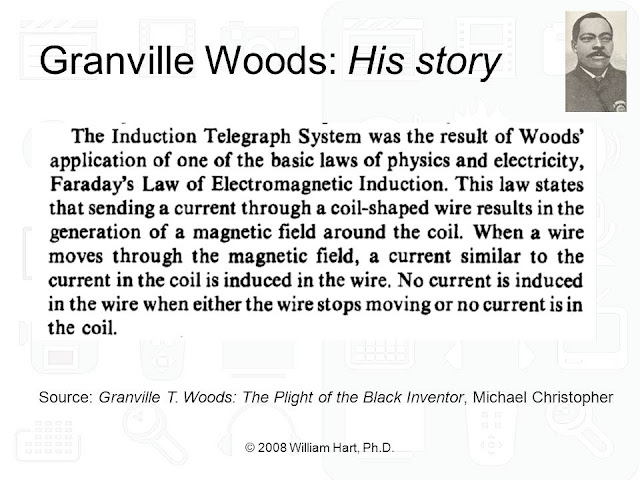 Time Card: 09/23/2012 - 09/29/2012
Time Card: 09/23/2012 - 09/29/201266 hours this past week. Busy as usual. Presented research at conference. Long travel times.
Below is a record of the work that I've done over this past week, mainly in the areas of research, teaching and service. I usually average about 47 or 48 hours per week. Unlike the summer, most of my time during the fall and spring semester is spent on teaching and service. If you are interested in how I keep track of this information and why, please let me know.
| Date | Day | Task | Area | Total | Work unit notes |
| 09/23/2012 | Sun | MCM420 | TEACHING | 00:36 | |
| 09/23/2012 | Sun | Misc EmlTodoScd | MISC | 00:34 | |
| 09/23/2012 | Sun | DeptServ | SERVICE | 03:24 | |
| 09/24/2012 | Mon | Proj-HOTB | RESEARCH | 02:40 | |
| 09/24/2012 | Mon | ResMisc | RESEARCH | 00:43 | |
| 09/24/2012 | Mon | MCM510 | TEACHING | 01:26 | |
| 09/24/2012 | Mon | CrsPrep | TEACHING | 03:42 | |
| 09/24/2012 | Mon | Misc EmlTodoScd | MISC | 01:46 | |
| 09/25/2012 | Tue | Proj-HOTB | RESEARCH | 01:09 | |
| 09/25/2012 | Tue | Proj-SMTV | RESEARCH | 04:25 | |
| 09/25/2012 | Tue | ResMisc | RESEARCH | 00:45 | |
| 09/25/2012 | Tue | MCM420 | TEACHING | 02:23 | |
| 09/25/2012 | Tue | MCM510 | TEACHING | 00:22 | |
| 09/25/2012 | Tue | CrsPrep | TEACHING | 02:55 | |
| 09/25/2012 | Tue | ColCuricCom | SERVICE | 00:42 | |
| 09/25/2012 | Tue | Misc EmlTodoScd | MISC | 00:23 | |
| 09/26/2012 | Wed | Proj-SMTV | RESEARCH | 01:02 | |
| 09/26/2012 | Wed | ResMisc | RESEARCH | 07:54 | |
| 09/26/2012 | Wed | CrsPrep | TEACHING | 02:55 | |
| 09/26/2012 | Wed | Misc EmlTodoScd | MISC | 00:52 | |
| 09/27/2012 | Thu | Proj-SMTV | RESEARCH | 09:02 | |
| 09/27/2012 | Thu | CrsPrep | TEACHING | 01:45 | |
| 09/28/2012 | Fri | Proj-SMTV | RESEARCH | 10:13 | |
| 09/29/2012 | Sat | ResMisc | RESEARCH | 00:52 | |
| 09/29/2012 | Sat | MCM485 | TEACHING | 00:52 | |
| 09/29/2012 | Sat | CrsPrep | TEACHING | 01:41 | |
| 09/29/2012 | Sat | DeptServ | SERVICE | 01:11 | |
| TOTAL | 66:14 |
Share this post with others. See the Twitter, Facebook and other buttons below.
Please follow, add, friend or subscribe to help support this blog.
See more about me at my web site WilliamHartPhD.com.











